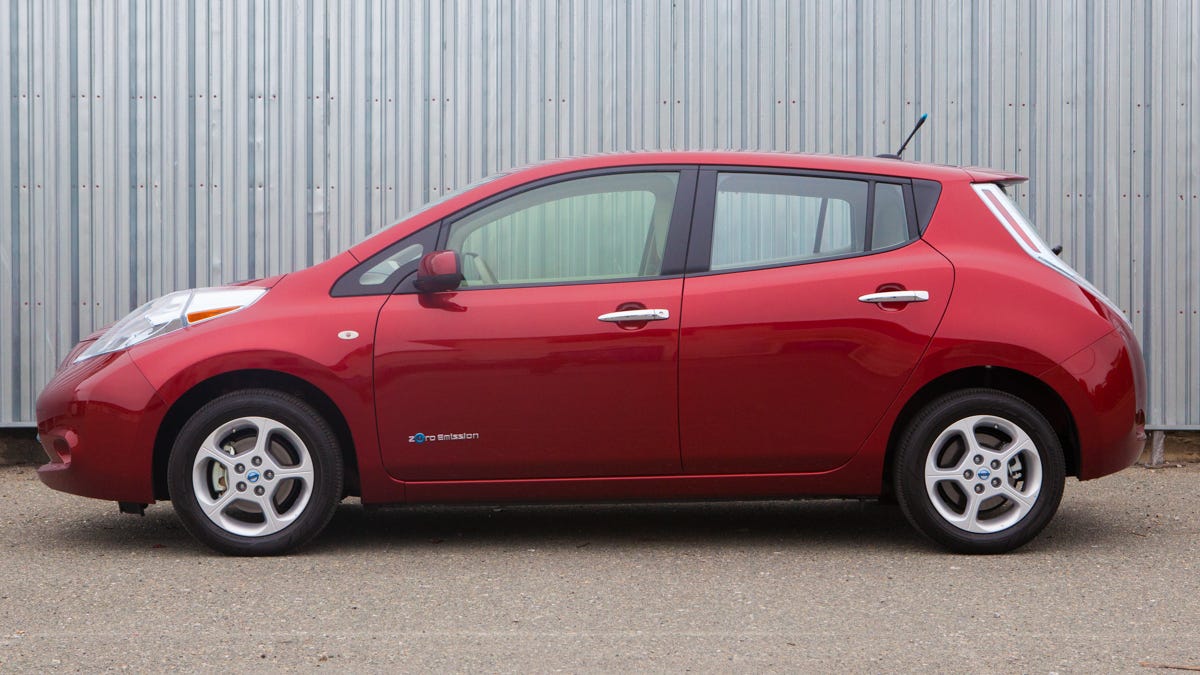Electric vehicles can keep quiet for a little while longer
National Highway Traffic Safety Administration delays a mandate that would require electric vehicles to cater to the visually impaired.

Nissan's all-electric Leaf has a system that emits sound when the car is traveling below 18mph.
A federal agency is delaying rules that will improve the safety of hybrid and electric cars for pedestrians until next year.
Vehicles utilizing electric motors, especially pure battery-powered cars, can be nearly silent at low speeds. This can be hazardous for visually impaired pedestrians that rely on sound for safety.
In 2010, Congress passed the Pedestrian Safety Enhancement Act, which required additional noise devices on vehicles that operate silently at speeds under 18 miles per hour. The US National Highway Traffic Safety Administration originally had until January 2014 to finalize a mandate, but delayed its deadline to November. Now, NHTSA is pushing things back again.
NHTSA will delay a mandate until March 2016, according to a report posted the US Department of Transportation website. "Additional coordination necessary," is the only explanation listed for the delay. NHTSA did not immediately return a request for comment.
Once the new rules are completed, automakers will have 18 months to make hybrid or full-electric vehicles comply. For most, this means installing a small, waterproof speaker somewhere on the car. NHTSA estimated this addition would cost automakers roughly $23 million in the first year, according to Reuters.
Some automakers are hesitant to add this technology under anything less than a government mandate, but other have had these systems installed for quite some time. Nissan, for example, introduced its Vehicle Sound for Pedestrians system in 2010 for the first-generation electric Leaf. A sound is emitted at startup, when backing and when traveling below 18mph. Kia's Soul EV has a similar system in place.
NHTSA estimates that this mandate will reduce the number of pedestrian and bicyclist injuries by 2,800 each year, said Reuters, which is about three percent of the annual total. The agency also believes hybrid vehicles are 19 percent more likely to be involved in a pedestrian crash than gas-powered ones. Yet, NHTSA doesn't seem to be in a hurry to get this regulation finalized.

